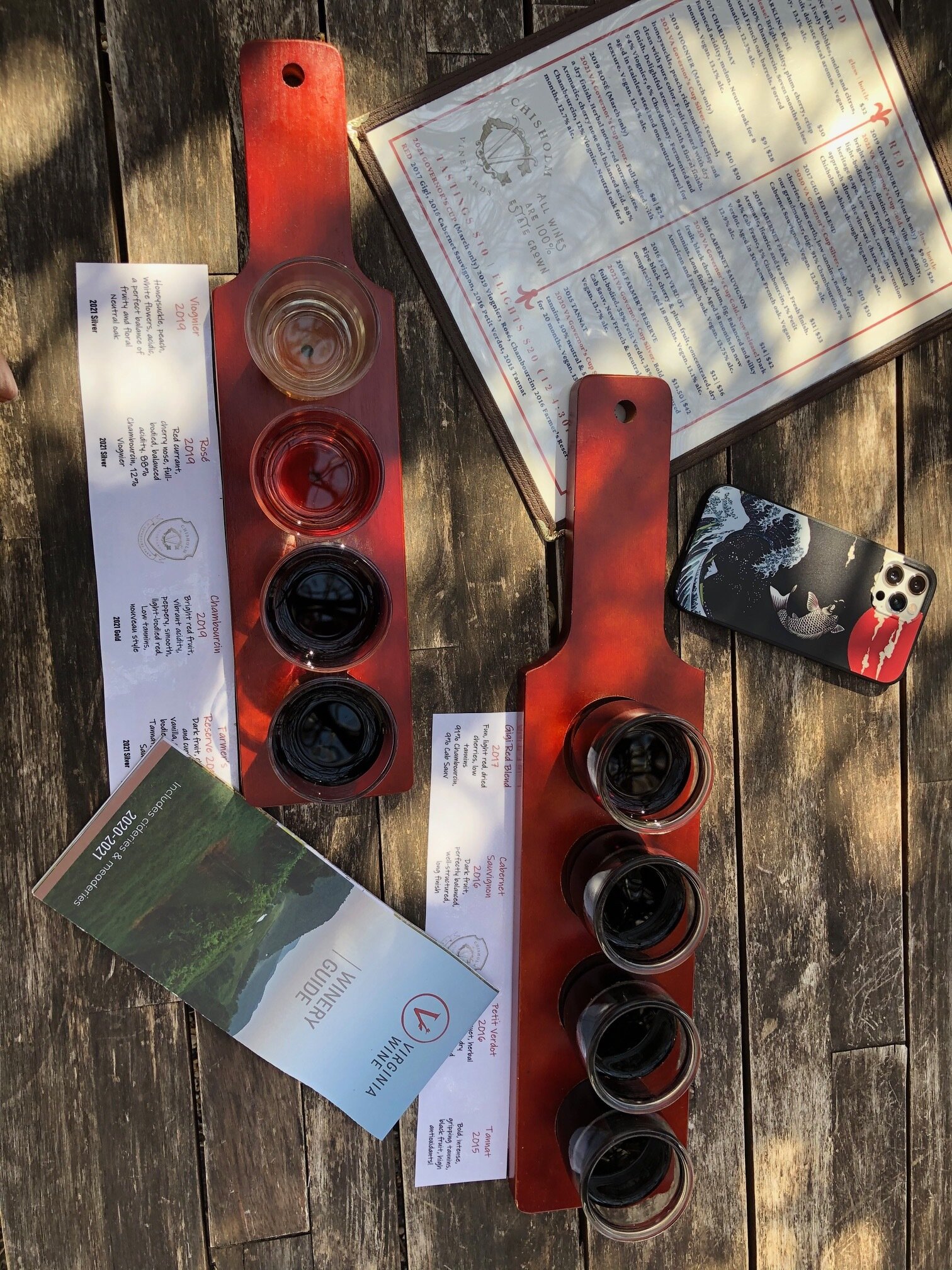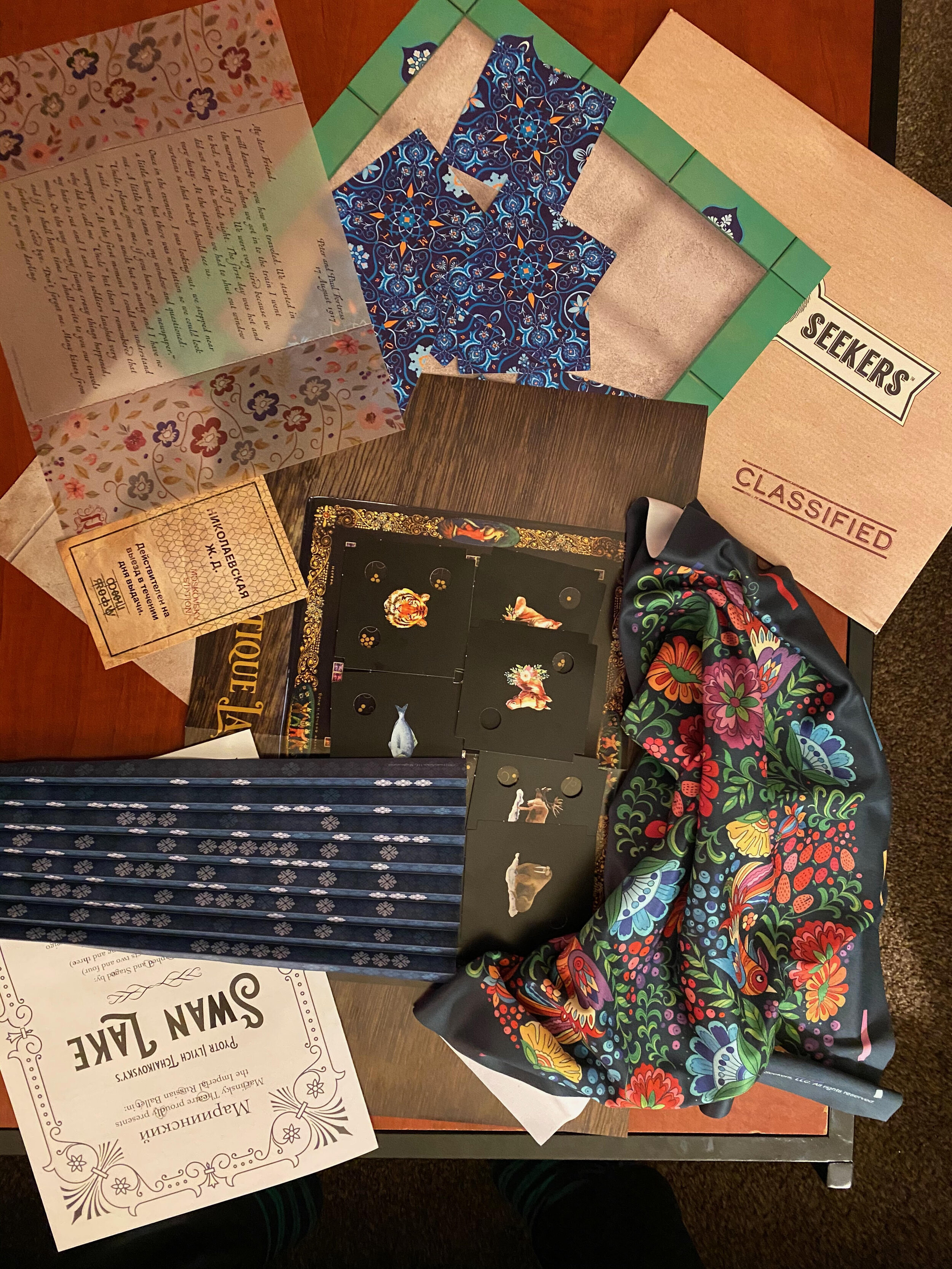Brent Rice '25
Staff Editor
Like many upperclassmen (sorry 1Ls), I put off outlining for a little while longer this break by making multiple trips to Regal Cinemas at Stonefield for two separate showings of The Hunger Games: The Ballad of Songbirds and Snakes in a seventy-two-hour window. What follows is a spoiler-free review of the movie which felt on par with, if not better than, the original series that captivated the hearts and minds of many of our middle-school selves.
Photo Credit: Brent Rice '25
The movie, like the original Hunger Games series, is a film adaptation from a novel by Suzanne Collins. However, my appetite for reading anything other than casebooks being greatly reduced by my time in law school, this review will focus solely on the film without comparisons or complaints with respect to how the movie compares to the book (which I, transparently, have not read).
The Ballad of Songbirds and Snakes is a prequel to the Hunger Games series that follows the early life and beginning of the rise to power of Coriolanus Snow, who we know will one day be the authoritarian President of Panem during the life of Katniss Everdeen. The film picks up shortly after the district uprising sixty-four years prior to the original film’s events, otherwise known as “The Dark Days,” and effortlessly depicts the dystopian wasteland that was Panem in the aftermath of war—including a disheveled Capitol. The film quickly jumps forward about ten years to display the earliest version of the hunger games, which were devised to punish the districts for their rebellion by sending two members of each district to fight to the death until only one victor remained. Those who are familiar with the original trilogy of films will take interest in seeing the early days of the games and reflecting on how they had changed over the years, both in style of gameplay and how they appealed to Capitol citizens.
Like any good film, the plot contains a story of somewhat star-crossed lovers, who are victims of the circumstances under which they were born, as they fight against all odds for a future they see for each other. In addition, the movie does a tremendous job of bringing to light the dramatic tension that exists between social classes in Panem and highlights the power of human nature, love, and hatred.
But, the true beauty of this villain origin story is in the complex character arc of young Coriolanus Snow. His unwinding subtly progresses over the course of the film, from a person with mixed-motives for the benefit of himself, but also others, to a calculating individual who serves nothing other than his own desire for wealth and power. The film is able to quickly depict his aptitude for understanding systems of power, how to manipulate them, and how to control people. Equally captivating were the countless ways that the filmmakers were able to weave in pieces from the original series, from the songs, symbols, and stories they tell, all the way down to the very last line of the movie.
Perhaps the only complaint I’ve heard lodged against the movie is that there was too much singing. While it may be true that the movie contained more of this than other Hunger Games, it stops far short of a musical. The filmmakers masterfully capture how music can inspire change in the masses and within individuals. Besides, for a movie which is titled The Ballad of Songbirds and Snakes, the principle of caveat emptor should apply. What else did those offering this critique expect when they bought their tickets?
---
wrf4bh@virginia.edu

















